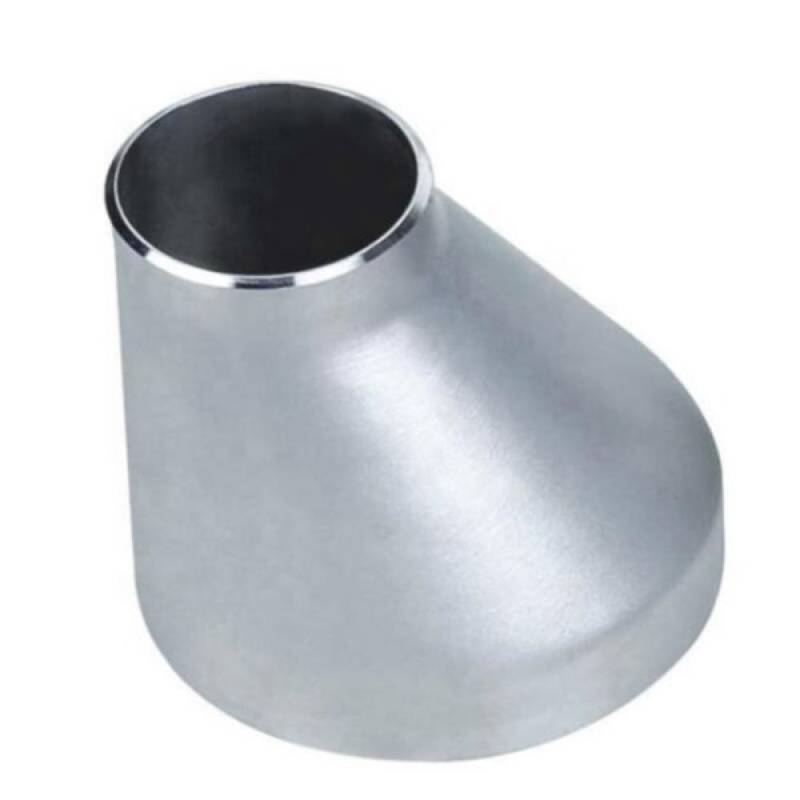-
Cangzhou Yulong Steel Co., Ltd.
-
Phone:
+86 13303177267 -
Email:
admin@ylsteelfittings.com

Dec . 19, 2024 01:11 Back to list
3 ansi 150 flange
Understanding the ANSI 150 Flange A Comprehensive Overview
In the realm of industrial piping systems, flanges play a critical role in ensuring the integrity and reliability of connections between various components. Among the numerous types of flanges available, the ANSI 150 flange stands out due to its widespread use and standardized specifications. This article provides a comprehensive overview of the ANSI 150 flange, including its design, applications, advantages, and installation procedures.
What is an ANSI 150 Flange?
The ANSI (American National Standards Institute) 150 flange adheres to the ASME (American Society of Mechanical Engineers) B16.5 standard, which covers the dimensions, materials, and pressure ratings of flanges used in piping systems. The ANSI 150 designation refers to the flange’s pressure rating, which is applicable at ambient temperature. Specifically, the ANSI 150 flange is rated for a maximum pressure of 150 psi (pounds per square inch).
These flanges come in various sizes ranging from ½ inch to 24 inches in diameter, and they are typically made from materials such as carbon steel, stainless steel, and other alloys. The design incorporates a flat face or raised face, which accommodates gaskets to create a tight seal when bolted to another flange or pipe.
Design Features
The ANSI 150 flange design includes several key features
1. Dimensions The ANSI 150 flange follows specific dimensions outlined in ASME B16.5. Its diameter and thickness vary based on the size designation, ensuring compatibility with corresponding piping systems. 2. Bolt Holes Flanges are drilled with evenly spaced holes to facilitate secure attachment to pipes or other flanges using bolts. The number and size of bolt holes also conform to ANSI standards, ensuring uniformity across applications.
3. Material Compatibility ANSI 150 flanges are available in various materials, which allows for use in different environments, including corrosive and high-temperature situations. This flexibility enhances their application across various industries.
4. Sealing Surfaces The flat face or raised face of the ANSI 150 flange provides a secure sealing surface for gaskets. This feature ensures that flanged connections are leak-proof, which is critical in high-pressure systems.
Applications
ANSI 150 flanges are utilized across a multitude of industries due to their reliability and standardization. Some common applications include
- Oil and Gas In this sector, ANSI 150 flanges are used in pipelines, refineries, and processing plants for safe and efficient transport of crude oil and natural gas.
- Chemical Processing Flanges are employed in chemical reactors, storage tanks, and piping systems to handle a variety of corrosive substances.
- Food and Beverage ANSI 150 flanges made from sanitary materials are critical in the food and beverage industry, ensuring hygiene and regulatory compliance in production processes.
3 ansi 150 flange

- Water and Wastewater Treatment These flanges are also used in piping systems for water treatment plants, providing a reliable connection for transporting water and waste.
Advantages of ANSI 150 Flanges
- Standardization The ANSI 150 flange is part of a standardized system, which allows for easy interchangeability and compatibility with other fittings and equipment
.- Cost-Effectiveness Due to their widespread use and standard dimensions, ANSI 150 flanges are generally more affordable than custom alternatives.
- Ease of Installation The common design and standardized bolt patterns facilitate quick installation, leading to reduced labor costs and downtime during setup.
- Reliability The robust construction of ANSI 150 flanges ensures that they can withstand significant pressure and temperature variations, making them durable and long-lasting in demanding environments.
Installation Procedure
Installing ANSI 150 flanges requires careful attention to detail to ensure a secure and leak-free connection. Here are the key steps involved
1. Preparation Ensure that both flange surfaces are clean and free of debris. Inspect the gasket for any damage.
2. Alignment Position the two flanges to be joined, ensuring that their bolt holes align properly.
3. Gasket Placement Place the gasket between the two flanges, ensuring it fits snugly within the flange's sealing surface.
4. Bolting Insert bolts into the aligned holes and hand-tighten them. Use a torque wrench to evenly tighten the bolts in a crisscross pattern to the specified torque values.
5. Final Inspection After tightening, inspect the flange connection for any signs of misalignment or potential leaks.
Conclusion
The ANSI 150 flange is a fundamental component in various industrial applications, offering a reliable, standardized solution for connecting piping systems. Understanding its design, applications, and installation procedures is crucial for any professional working in industries that rely on effective fluid transport. Through its widespread use, the ANSI 150 flange continues to be integral to maintaining the functionality and safety of piping systems worldwide.
Latest news
-
ANSI 150P SS304 SO FLANGE
NewsFeb.14,2025
-
ASTM A333GR6 STEEL PIPE
NewsJan.20,2025
-
ANSI B16.5 WELDING NECK FLANGE
NewsJan.15,2026
-
ANSI B16.5 SLIP-ON FLANGE
NewsApr.19,2024
-
DIN86044 PLATE FLANGE
NewsApr.19,2024
-
DIN2527 BLIND FLANGE
NewsApr.12,2024
-
JIS B2311 Butt-Welding Fittings LR/SR 45°/90° /180°Seamless/Weld
NewsApr.23,2024
-
DIN2605-2617 Butt-Welding Fittings LR/SR 45°/90°/180° Seamless/Weld
NewsApr.23,2024











